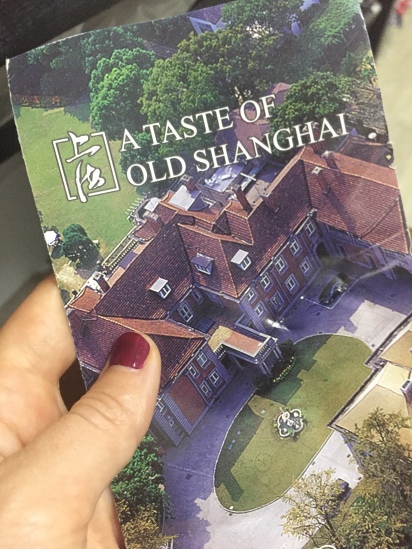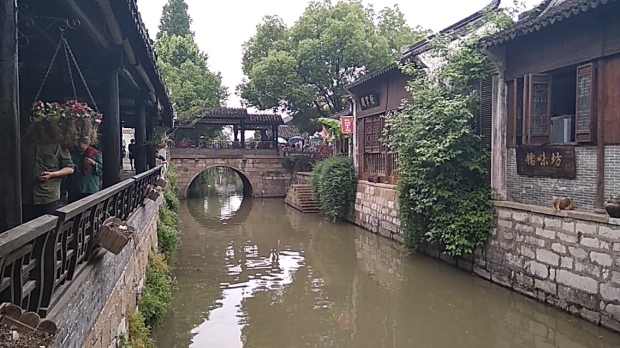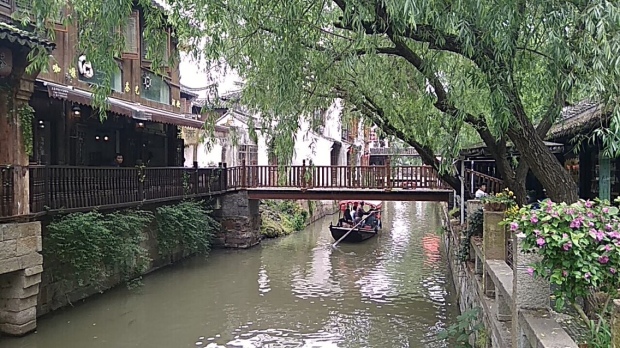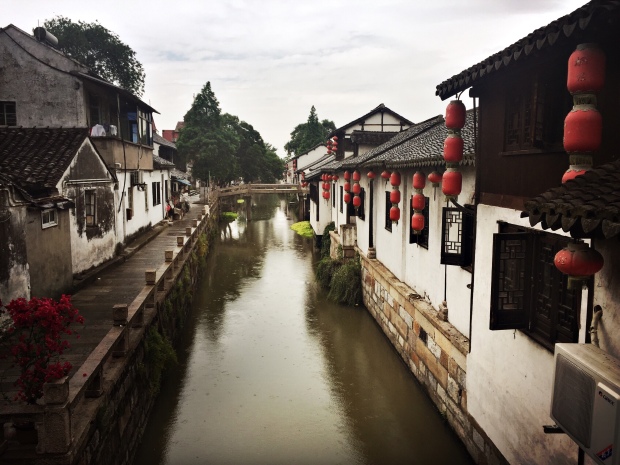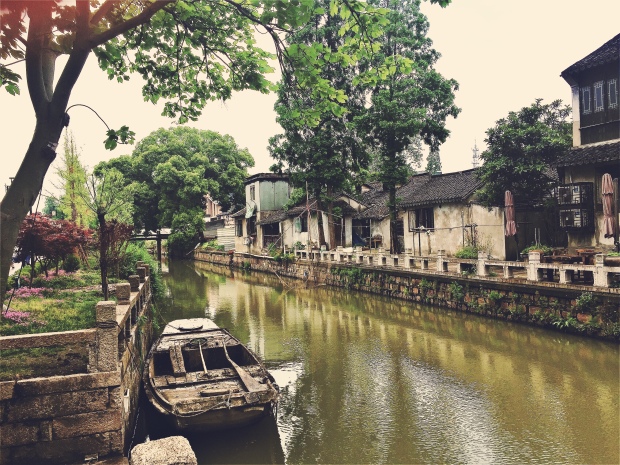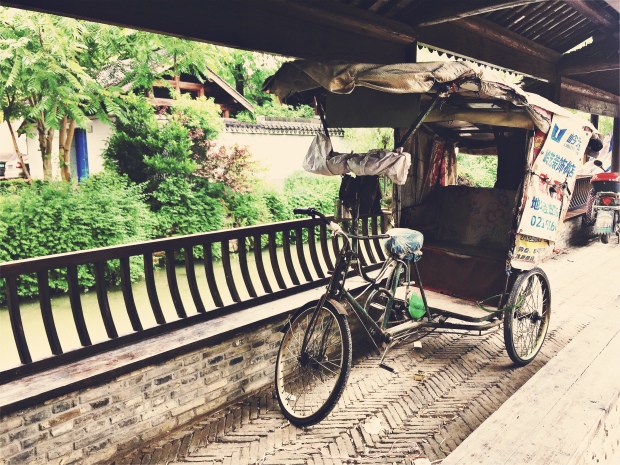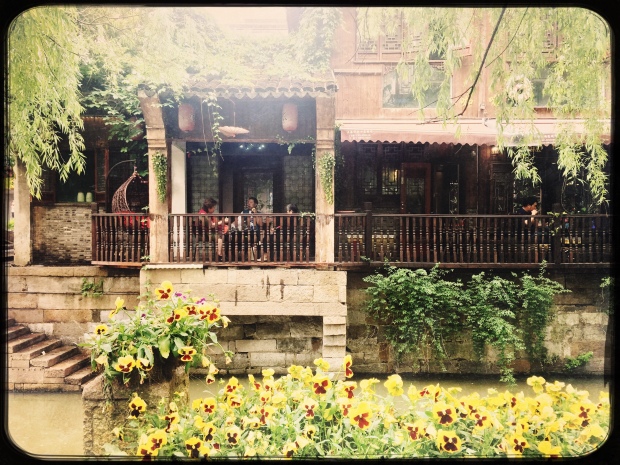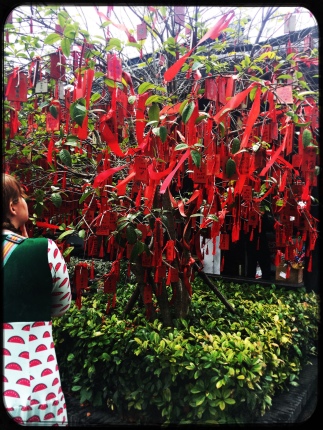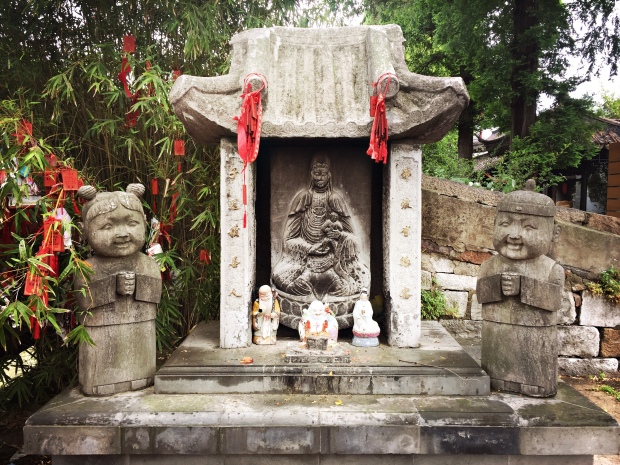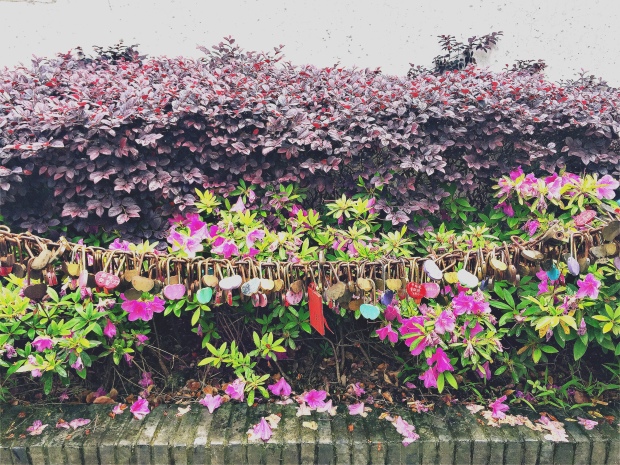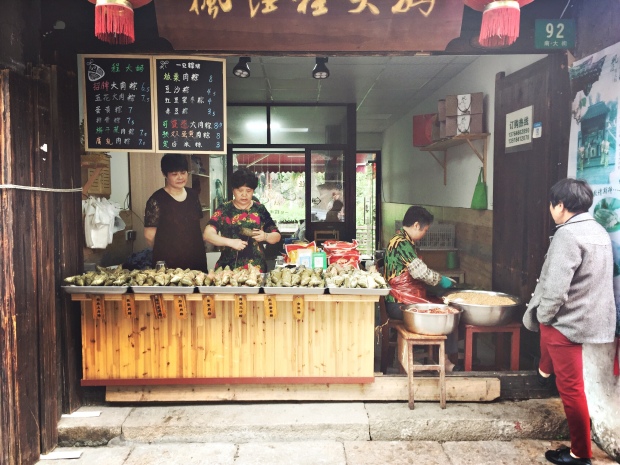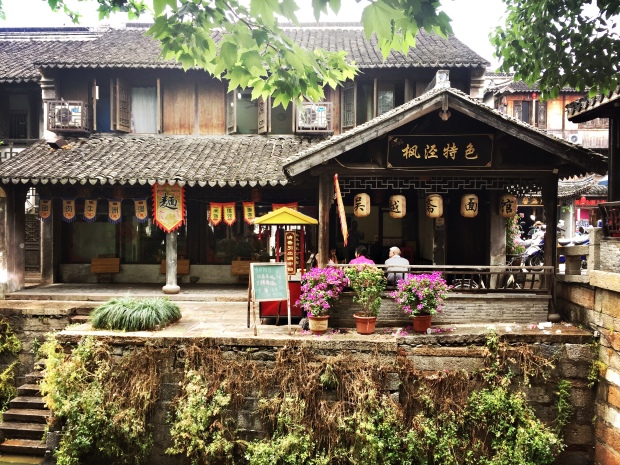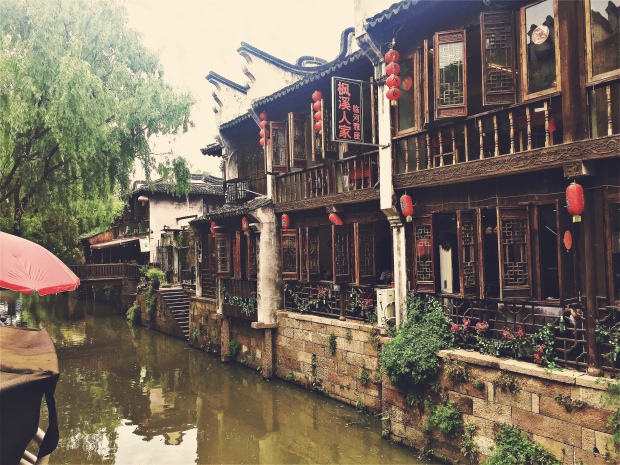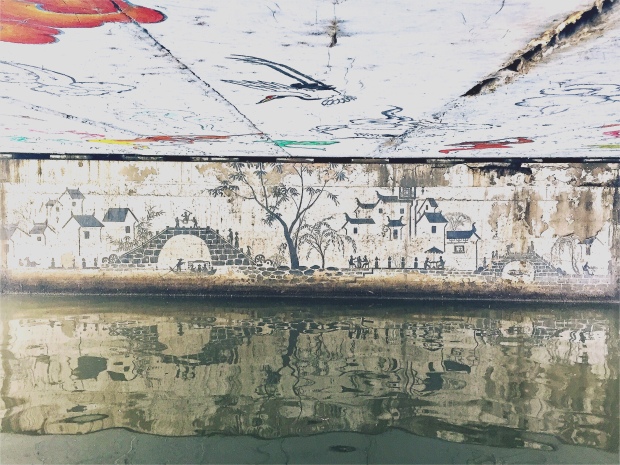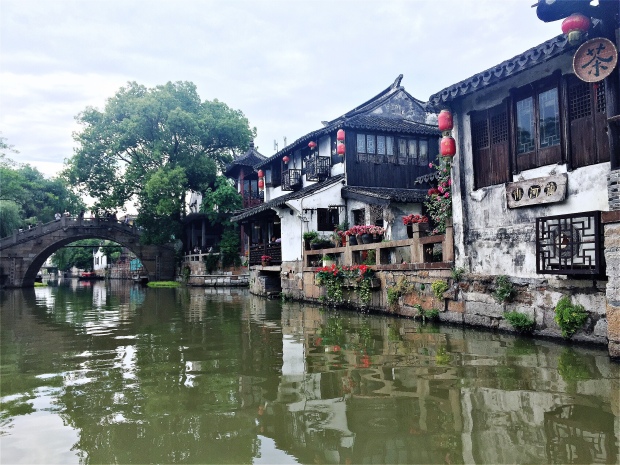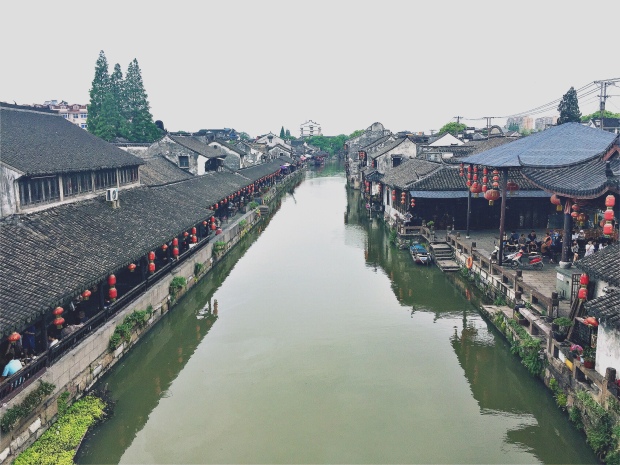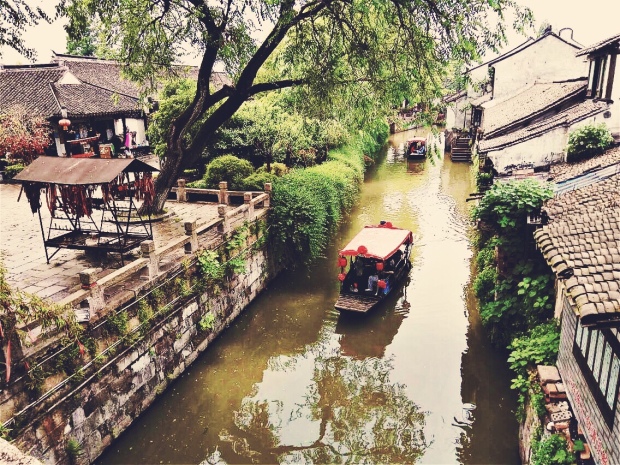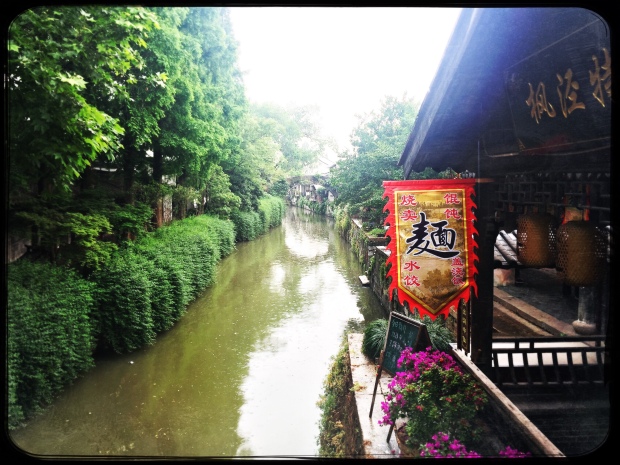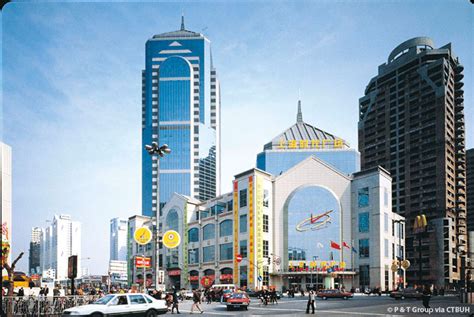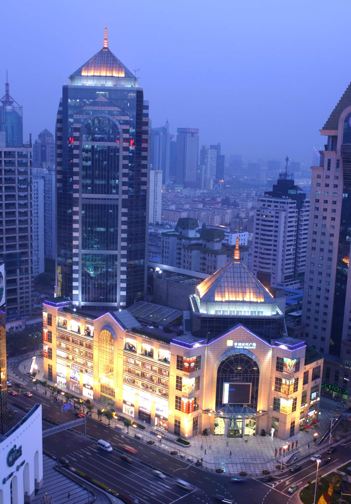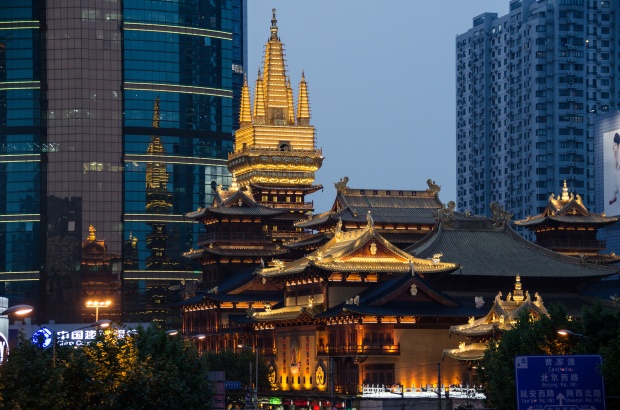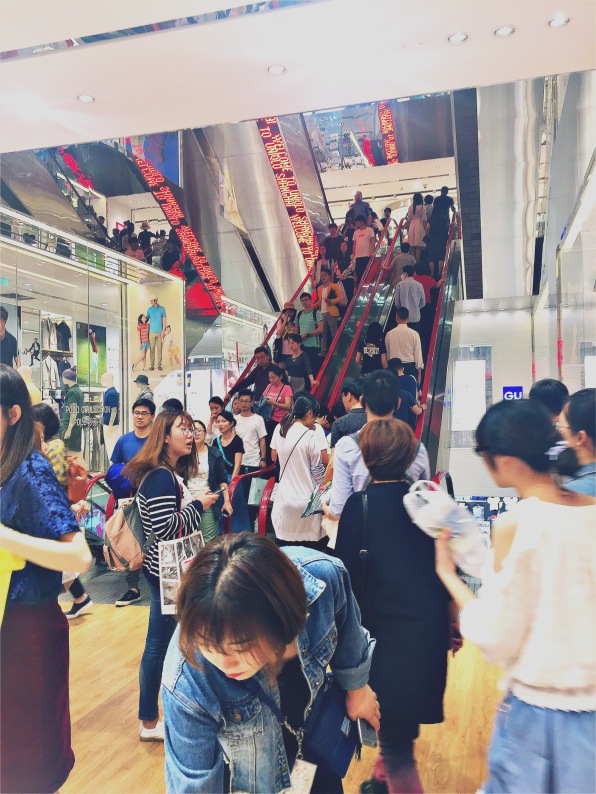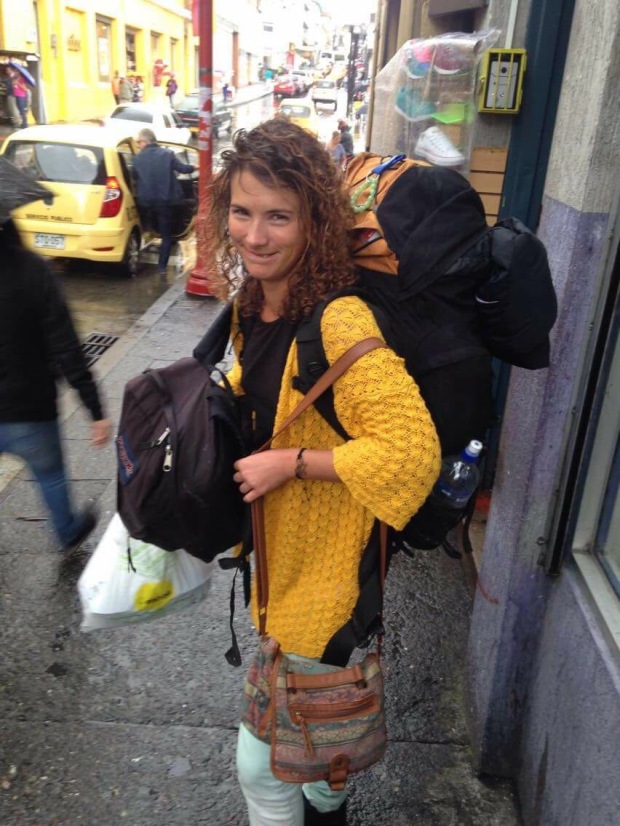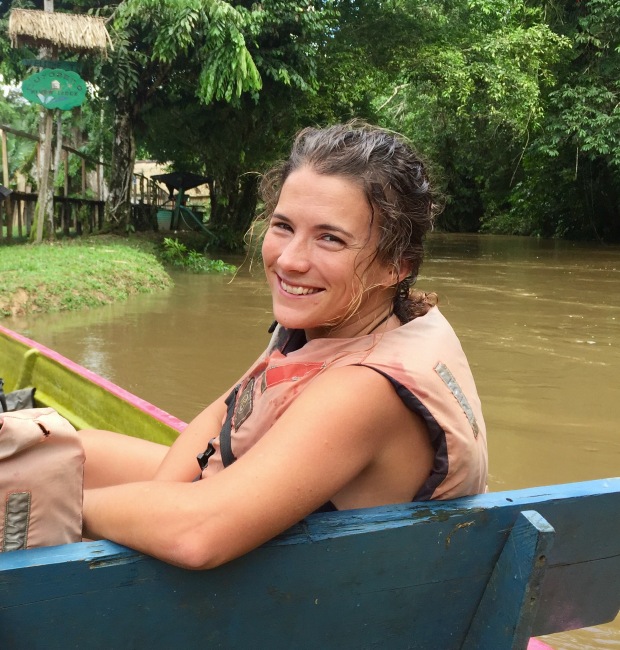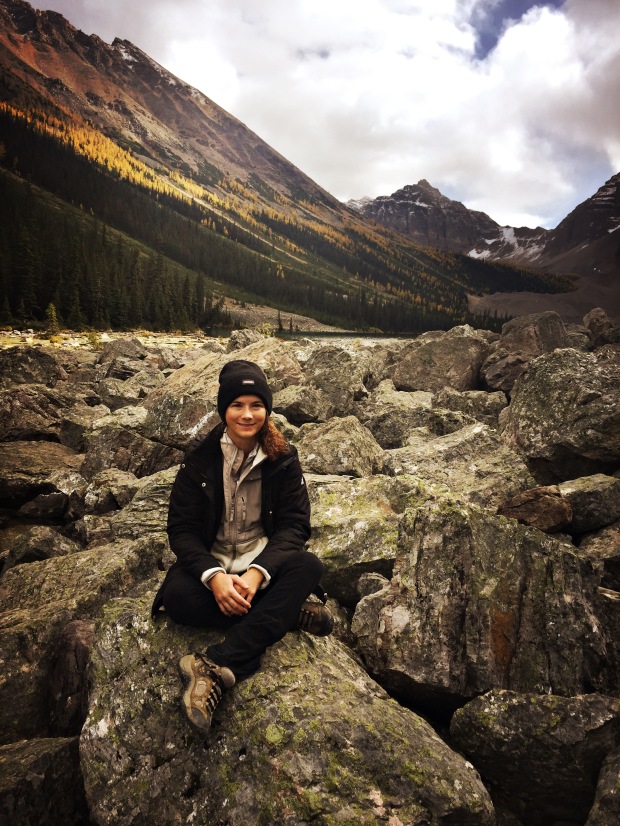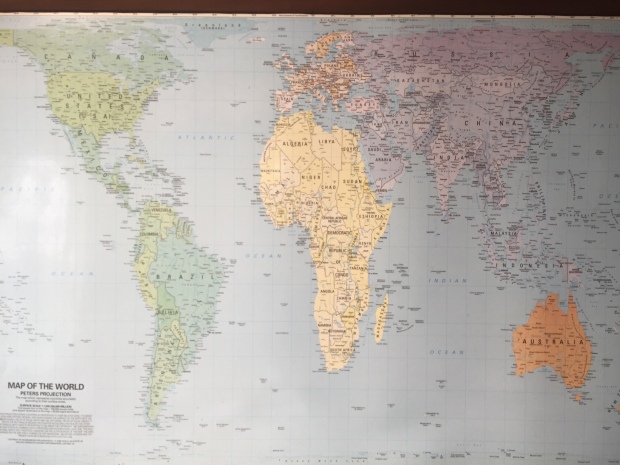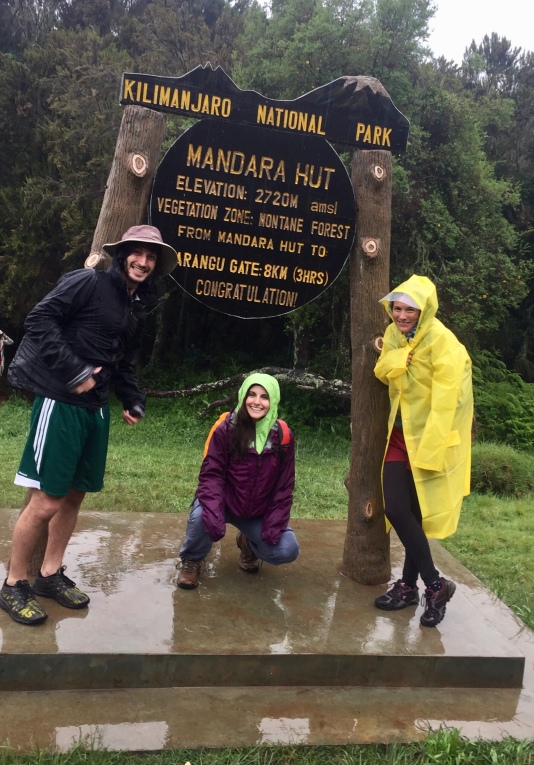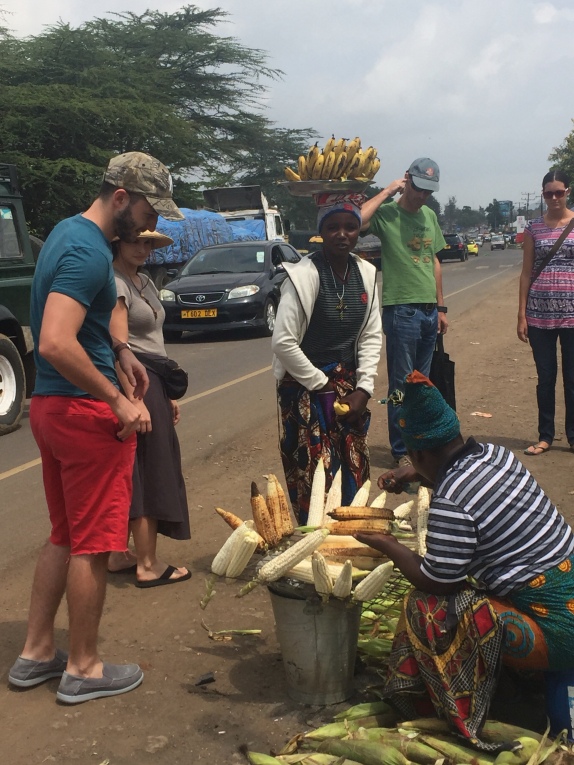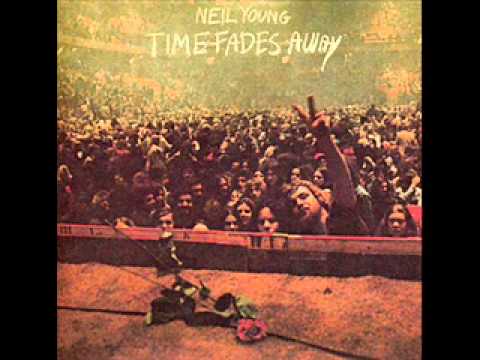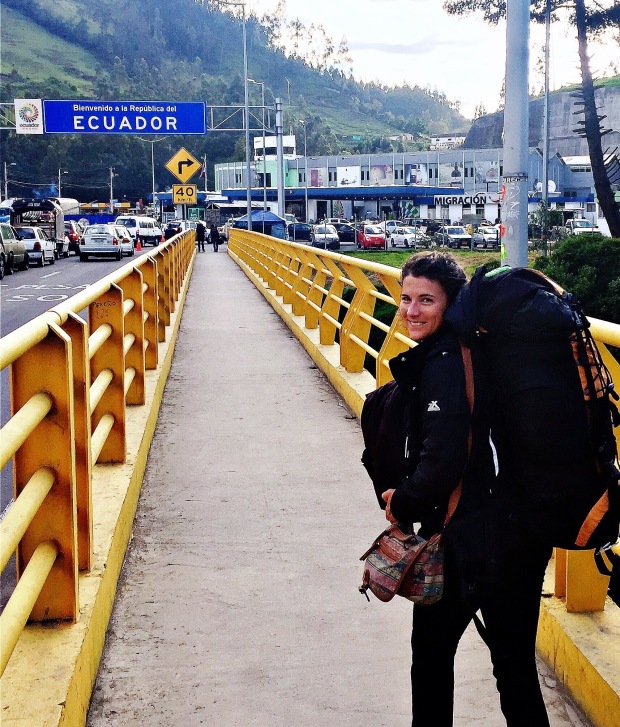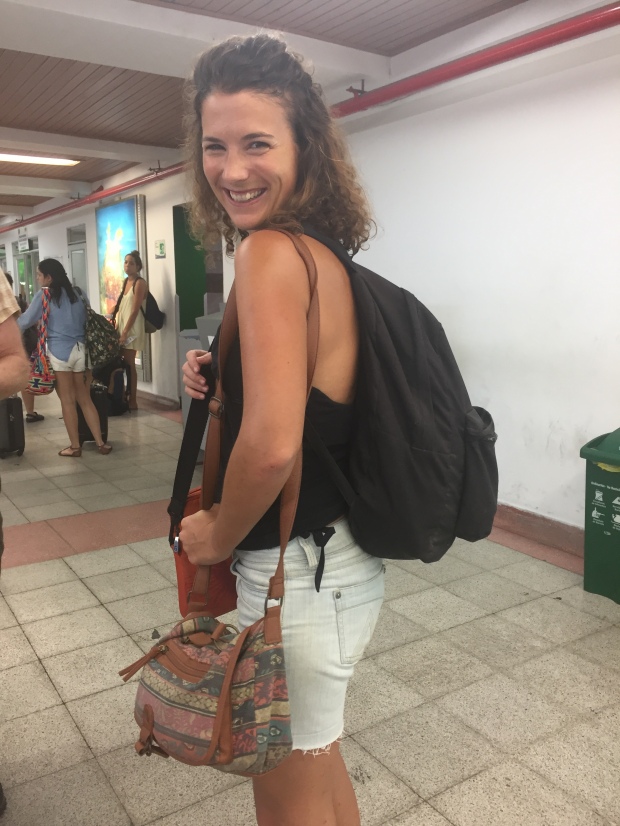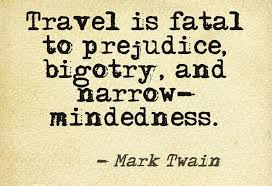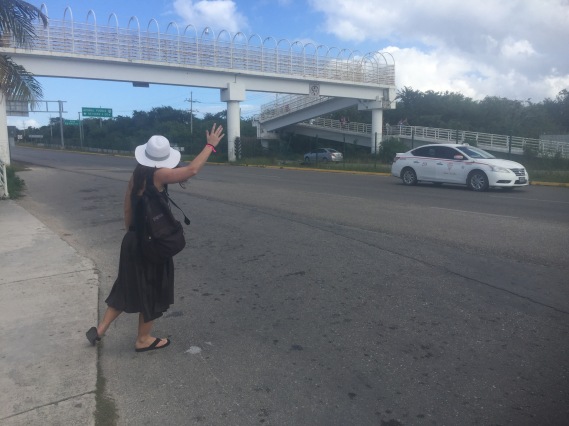“Do you need help with something?” she asked as she walked up beside me, noticing the lost look on my face as I stood at the entrance to the bus station of Pisco, Peru.
“I’m looking for the bus to Lima,” I replied turning towards her, happy to see a pretty young Peruvian girl that looked to be about my age.
“Well, you have two options” she explained. “There is a direct bus that is more expensive but faster. It leaves from over there” she pointed. “Or you can take this one which is cheaper but stops at the villages along the way and takes an hour or two longer.”
I thanked her and headed over to the direct line, where the attendant informed me the next direct bus wasn’t leaving for another hour and a half. Realizing that both buses were going to arrive to Lima at more or less the same time, I opted for the one that didn’t require an hour and a half wait in the bus station, and got on the slower, cheaper bus to Lima.
As I settled into my seat, pulling my headphones and laptop out in preparation for isolation, the young girl boarded. We made eye contact and smiled at each other as she walked down the aisle towards me.
“Well, why not?” she said, taking her backpack off and motioning towards the seat next to me. “May I?”
“Of course,” I said, moving my things to the floor to make room for her.
“Thanks,” she replied. She situated herself and pulled out a bag of pastries she had brought with to snack on during the journey. She offered me one, which I accepted gratefully. She explained that food is her job- as a food engineer she is always well-equipped with good snacks, wherever she goes.
“I’m surprised you didn’t take the direct bus,” she said. “The tourists usually take the direct buses because they are safer. The problems occur on these buses that frequently stop to let new people on. Burglars enter all the time. It happened to me…”
She went on to recount an incident that had happened to her just a few months earlier on the same route. She was traveling home to the small village where she grew up and her parent’s still live when a group of delinquents boarded the bus and robbed everyone who was on it. She was forced to hand over her purse and laptop, and only managed to keep her cell phone because as soon as she saw them stand up with guns, she discreetly sat on it.
I listened empathetically to her story. I told her I had heard about these bus robberies being a problem in Latin America, specifically on night buses, but had been lucky enough to avoid such misfortune myself. Considering the fact we were driving primarily through hours and hours of pure desert with nothing and nobody for miles around, it would be pretty easy to get on a bus and rob it. 
This led us into a discussion about the problem of corruption in Latin America and how this long-standing issue has kept them from moving forward in the world, which escalated into a discussion of corruption in politics, environmental awareness, and beyond. The time flew by as we passionately discussed these issues together, as if we were longtime friends who shared the same dreams and ideas. Our lives had been so different but, there we were, laughing and smiling together, interested in talking about the same important topics on the bus ride from Pisco that day.
“So where have you been traveling in Peru?” she asked, curiously.
“Well, right now I’m just coming from Huacachina and Paracas” I told her.
“Ica?! How beautiful!” she beamed.
“Have you been?” I asked.
“No, not yet,” she smiled. “I hope to one day. Where else have you been?”
I explained to her that I was actually at the end of my trip, and how I’d spent the last five months traveling through Colombia, Ecuador, and Peru. “Now I’m on my way back to Lima to get my flight home tomorrow,” I sighed, those mixed feelings about going back home arising in me as I said the words.
She asked where my favorite place was that I had seen in Peru. I told her of the places I had been so far, it would be Huaraz and the Santa Cruz trek, but unfortunately I wasn’t able to see as much of Peru as I wanted to this trip. “I ran out of time before I could make it to Macchu Picchu,” I lamented to her. “You must have been,” I assumed out loud.
“No,” she answered, to my suprise. “I would love to travel one day,” she gushed, that dreamy look in her eyes. “But it’s not possible right now. I have to work.”
She went on to explain to me that her parents are no longer employed, so she has been supporting them. Her sister is also unemployed and recently was forced to leave her husband with her two daughters and move back in with their parents. Since she was the only person in her family with work, she was currently supporting herself, her mother and father, her sister and two nieces on her salary.
“Someday,” she smiled, looking off.
I know from my travels around Peru that the average Peruvian salary is around five hundred dollars per month. If I were only making five hundred dollars a month, I wouldn’t be smiling as I talked about having to support my family or my laptop being taken from me. Yet there she was, radiating positivity as she talked about some heartbreaking parts of her life. Where there was positivity to be found in such circumstances, she found it.
This girl hadn’t even been able to travel around her own country, and it seemed unlikely that she will get to anytime soon. But was she upset about it? Hardly. She was well-adjusted and accepting of the situation, and was in no way complaining about her lot in life. Instead, she smiled. She felt blessed that she did have work and happy that she was able to provide for her family.
She was born in a notoriously dangerous neighborhood of Lima- La Victoria- but when she was only a small child, her parents decided to move to the small town a few hours away where she was heading at the moment. They wanted to raise her in a better place, give her a better future.
I grew up in a white, middle-class neighborhood in the United States- which means rich by the rest of the world’s standards. The hardest things that I have had to deal with in my life have been my own inner demons and emotional problems that I have struggled to understand and overcome. No outside oppression has made my life difficult, but yet, it has felt so hard so often. But this girl smiled as she recounted the adversity of outside circumstances in her life that she had to face, as if it was all okay. And I thought of how often, despite my privileged upbringing and lifestyle, I just do not feel that way.
I’m supposed to be “privileged”, due to the circumstances that I was born into, but am I? Or am I at a disadvantage in terms of life satisfaction? When you have everything, when do you have enough to be satisfied? In a society where success is measured monetarily and materialistically, how do you find happiness on the inside? And why is it so much harder for me, the world traveler, than it seems to be for this lovely human being beside me?
Some question how it is that people in less-privileged countries with so little can be so happy. To me it is simple: when you have less, you are happy with less. There are certain basic needs that we need to have met as a human being, like food and shelter for example. People who are focused on meeting those needs don’t really have room to worry about whether or not they feel fulfilled in life. They’re just trying to make it through the day. But for those of us from places where we have all of our basic needs more than accommodated, where do you draw the line at what is satisfactory? What is enough to be content in your life?
It’s always fascinating to me to go to poor countries and meet so many happy souls like this girl, and then come home and hear of so many that are struggling with things like depression and anxiety, myself included. The US has the highest rate in the world for mental illness, and it seems to be climbing every year. I am not in any way trying to say that these aren’t real problems. On the contrary, I know that they are very real. In fact, I think it’s something that needs to be addressed more seriously in our country and around the world. What I’m pointing out is that having too much opens up a whole new set of problems, and that people with less, despite the problem of having so little (if you would call it that), are often much happier inside.
She pulled out a little bag with some makeup in it that she had just purchased, unwrapping a small bottle of hair serum, squeezing a bit into her hands, and rubbing it into the ends of her hair. She looked at me. “You have very curly hair, you know your ends could use some extra moisture.” She handed me the bottle. “Try some of this. I just got it”. I mimicked her actions, applying a small amount to my ends.
I breathed it in. “Mmm. It smells so nice.”
“Keep it,” she told me.
“No, please!” I protested. “You just bought it. I don’t want to take it from you!”
“You like it,” she said. “I insist.”
While I felt bad taking her brand new hair product, I knew that she wasn’t going to take no for an answer, so I tucked the cream in my backpack and thanked her profusely. But I was floored by this girl’s natural inclination to give: asking me if I needed help, sharing her food and her new makeup, not to mention completely supporting her entire family. Would I be so generous to a stranger? If we were to trade lives, would I ever be able to handle what she is going through right now? If my privileged life seems this overwhelming sometimes, could I handle hers?
Sharing hair products, talking about world issues, giggling and smiling at each other: we were girlfriends from completely different worlds. And just like that, two and a half hours had gone by and we were pulling up to her village. If I had gotten on the direct bus, I never would have met her. I was sad to watch her walk away—my kindred spirit. Some ugly part of my American identity had been exposed over the course of that bus ride, and she left me sitting alone and uncomfortable in my privilege. Like something wasn’t right. I can’t seem to shake the feeling since.
